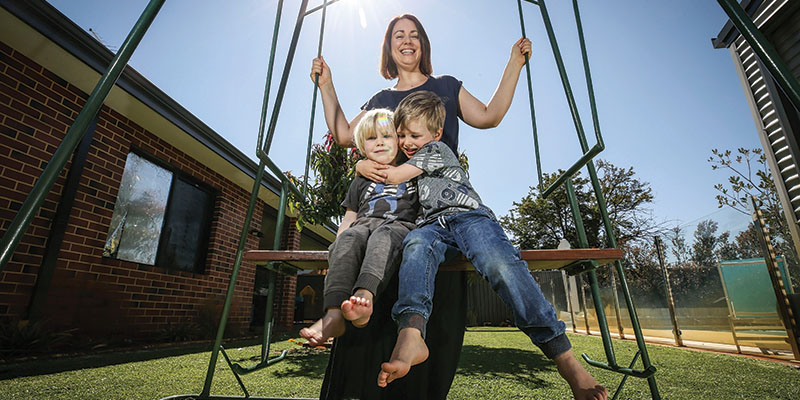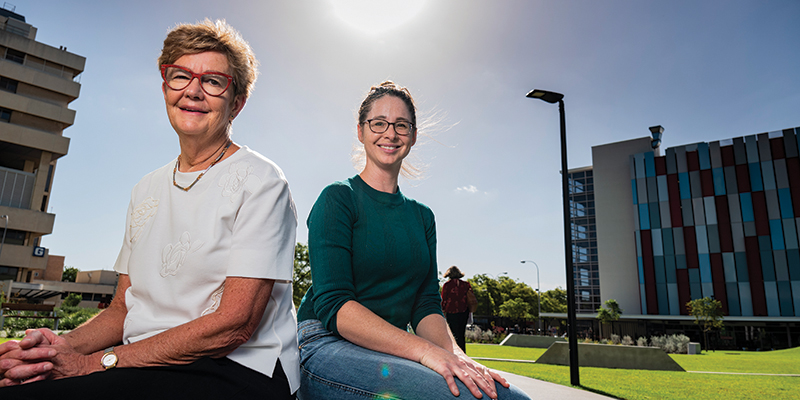Search
Research
Low-dose UV radiation before running wheel access activates brown adipose tissueWhen combined with physical activity, low-dose UVR may more effectively limit adiposity and modulate metabolic and immune pathways in iBAT
Research
Analytical bias in the measurement of plasma 25-hydroxyvitamin D concentrations in infantsTo our knowledge, this is the first study to show that the reported 25(OH)D concentration may be influenced by both age and assay type
Research
Tracking of Vitamin D status from childhood to early adulthood and its association with peak bone massThere are moderate associations between vitamin D status measured in prepuberty, adolescence, and early adulthood
Research
Relationship between group B Streptococcal rectovaginal colonization and Vitamin D deficiency in pregnant womenVitamin D has been recognized to have a significant impact on modulating immune response in the host body. The relationship between deficiency of Vitamin D and rectovaginal colonization with Group B Streptococcus (GBS) in pregnant women is still not well understood.

News & Events
Sunny outlook for allergy-prone bubFelix was one of 195 children to take part in Dr Debbie Palmer’s research into sunlight exposure, vitamin D and eczema.

News & Events
Let the sun shine inFor decades Aussies have been told to minimise sun exposure to prevent skin cancer - now researchers at Telethon Kids are challenging that message.
News & Events
Research symposium to hear how sunscreens proved no threat to vitamin D production in recent European studyLeading international and national experts will gather at The Kids Research Institute Australia on Friday for a D-Light Research Symposium.

News & Events
Vitamin D linked to healthy Fetal developmentThe important role of vitamin D in early development is the focus of research that has uncovered links between vitamin D levels and healthy growth of the baby d
Research
A Gender Lens on User Quality Ratings From Young Teenagers Assessing the Sun Safe App: Comparing Responses From Co-researchers and Participants of Pilot Intervention StudiesWe developed the iOS smartphone app Sun Safe to support healthy sun practices in young teenagers (aged 12-13 years). The production involved co-design with young co-researchers (ie, aged 12-13 years) with a health message of using sun protection when the UV index is ≥3. Important features include real-time and location-specific weather data on the UV index and gamified educational content.
Research
A longitudinal examination of perinatal testosterone, estradiol and vitamin D as predictors of handedness outcomes in childhood and adolescenceThe developmental origins of handedness remain elusive, though very early emergence suggests individual differences manifesting in utero could play an important role. Prenatal testosterone and Vitamin D exposure are considered, yet findings and interpretations remain equivocal.
